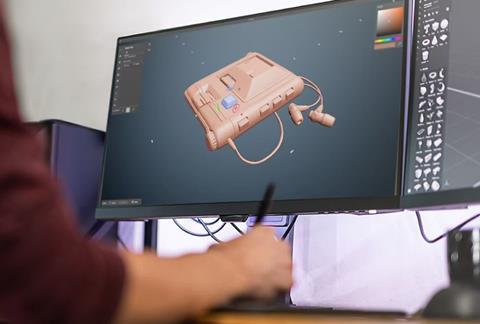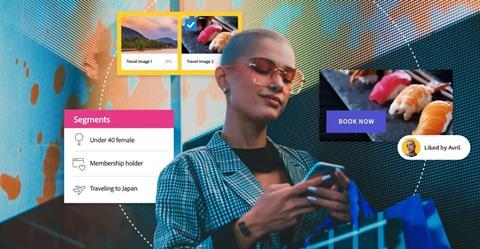
After his presentation at Sealed Air’s PACK DIGITAL event in March this year, we spoke to Adobe’s Principal Cloud Consultant Matteo Oriani about the ways Adobe’s Experience Cloud and other digital solutions can be used to facilitate packaging design and create personalised experiences.
At Sealed Air’s PACK DIGITAL event, you mentioned that the Adobe Experience Cloud enables users to share their projects across desktop apps, departments and their organisation. How could this be utilised when it comes to packaging?
Nowadays, collaboration is a crucial point in the content creation process: people need to be connected with their colleagues, sharing content and feedback from different places and on multiple devices. All three Adobe cloud platforms are built on collaboration: the Document Cloud that offers collaboration capabilities based on PDF format through Acrobat; the Creative Cloud that enables creatives to work together on projects using Photoshop and Illustrator, for example, and share the revision process; and the Experience Cloud which includes a broad range of solutions for managing digital experiences.
There are many possibilities to leverage Experience Cloud for personalised digital experiences - I’d like to mention Prada as an example [Prada partnered with Adobe this year, using the Experience Cloud to create real-time personalisation experiences for customers]; but let me focus on what Adobe Experience Cloud offers the packaging industry. It can be utilised as a solution for brand and content management through the Adobe Experience Manager Assets Brand Portal and Adobe Experience manager Asset Link components.
When working on packaging, the full integration of Adobe Experience Cloud and Adobe Creative Cloud is essential because it allows sharing within design and pre-press departments for both the single graphic elements like logos, images, colour sets, and any legal disclaimers, as well as the final pack layouts. This content can then be sent to clients or stakeholders for revisions or possible amendments and changes. In addition, Adobe Experience Cloud can be used to create smart packaging projects where graphic elements such as QR Codes can direct the end user to portals or enjoy integrative multimedia content.

You also mentioned the ability to design realistic-looking substance materials for packaging, and virtual settings can be built for these designs. How does this compare to physical prototypes in a real setting?
In addition to the Adobe Creative Cloud products, Adobe offers the Adobe Substance set of solutions, which enable the users to create photorealistic textures among other features. Thanks to Adobe Substance, it is possible to create a digital object that has the same visual characteristics as the real one. Let’s think about prototypes for example. The digitisation of prototypes brings multiple benefits in terms of operations, costs and sustainability.
First, the creation of a digital object unlocks a more powerful creative freedom: designers can experiment with different materials, textures and patterns without limiting their imagination. Thanks to these technologies it is possible to minimise the need for physical prototypes, also reducing production costs and improving sustainability. A digital prototype can in fact reduce footprint due to production and shipping, for example.
You highlighted the capability to create a batch of renders which can then be adjusted individually (such as using different colours for each packet). What are the benefits of this?
Adobe offers Adobe Substance Automation Tools, a set of features and tools that allow creation and modification of renderings of 3D content. This technology has been designed to provide customers with a solution that produces several variations of the same object with a short deadline and full control. Configurators are an example: users are able to virtually create customised objects in real-time. These tools are very important when a high amount of content needs to be produced.
Adobe is currently working on Project Sunrise, which will incorporate 3D, AR and VR solutions for e-commerce. What is different about this project compared to previous initiatives, and how will it affect packaging design?
Project Sunrise is a solution that will let marketing teams generate new variations of images from a three-dimensional model of products such as shoes or furniture. It is designed to accelerate the creation of images as the demand for digital content is constantly increasing. Project Sunrise will see the integration of some features already present in Adobe products.
Its main goal is to automate the creation of content, its management and publication in 2D, 3D and VR environments. I think the packaging world will benefit from a solution like this as it will offer the ability to better visualise and manage different layouts and designs, also giving the end user the ability to acquire a product remotely.











No comments yet